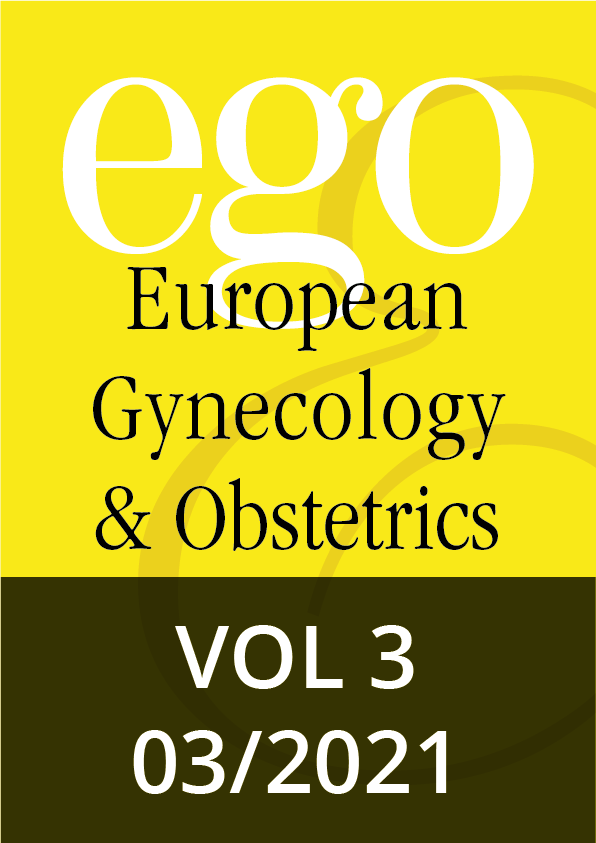Meta analysis, 114–124 | DOI: 10.53260/EGO.213031
Short reviews, 125–128 | DOI: 10.53260/EGO.213032
Case reports, 129–132 | DOI: 10.53260/EGO.213033
Case reports, 133–135 | DOI: 10.53260/EGO.213034
Case reports, 136–139 | DOI: 10.53260/EGO.213035
Case reports, 140–145 | DOI: 10.53260/EGO.213036
Original paper, 146–150 | DOI: 10.53260/EGO.213037
Original paper, 151–154 | DOI: 10.53260/EGO.213038
Risk factors for postpartum diabetes mellitus in Japanese patients with gestational diabetes mellitu
Original paper, 155–161 | DOI: 10.53260/EGO.213039
Effect of high-risk human papillomavirus infection on adverse obstetric outcomes
Abstract
Background: Human papillomavirus (HPV) infection has been associated with an increased risk of preterm birth and severe preeclampsia. We analyzed the prevalence and association of high-risk HPV infection in pregnant women with adverse obstetric outcomes.
Methods: In this retrospective case-control study, conducted between 1 January and 30 June 2016, we included 349 pregnant women with singleton pregnancies who underwent HPV testing and completed a postpartum questionnaire.
Results: A total of 297 women had a negative HPV test (84.8%). The prevalence of high-risk HPV genotypes was 15.2%. Mean age was 30.95 years, 28.75 in the HPV-positive group and 31.34 in the HPV-negative group (P = 0.003). In the HPV-positive group, the average age at sexual debut was lower (P = 0.03) and this group also had more smokers (P = 0.044). Lower birth weight (3022 g vs 3212 g; P = 0.034) and more admissions to the neonatal intensive care unit (7.5% vs 2.4%; P = 0.091) were also observed in this group.
Conclusions: HPV could contribute to the development of threatened premature labour but does not appear to be related to premature rupture of the membranes or hypertensive disorders of pregnancy. Prospective studies with larger sample sizes are needed to this possible relationship.
Keywords: Human papillomavirus, preeclampsia, pregnancy outcomes, premature rupture of foetal membranes., preterm birth, prevalence
Citation: Lourdes Santana Mateo Y.,Santana Suárez A.,Carballo Rastrilla S.,Medina Ramos N.,Andújar Sánchez M.,Zrihen Yonit E.,et al. Effect of high-risk human papillomavirus infection on adverse obstetric outcomes, EGO European Gynecology and Obstetrics (2021); 2021/03:146–150 doi: 10.53260/EGO.213037
Published: September 1, 2021
ISSUE 2021/03

Meta analysis, 114–124 | DOI: 10.53260/EGO.213031
Short reviews, 125–128 | DOI: 10.53260/EGO.213032
Case reports, 129–132 | DOI: 10.53260/EGO.213033
Case reports, 133–135 | DOI: 10.53260/EGO.213034
Case reports, 136–139 | DOI: 10.53260/EGO.213035
Case reports, 140–145 | DOI: 10.53260/EGO.213036
Original paper, 146–150 | DOI: 10.53260/EGO.213037
Original paper, 151–154 | DOI: 10.53260/EGO.213038
Risk factors for postpartum diabetes mellitus in Japanese patients with gestational diabetes mellitu
Original paper, 155–161 | DOI: 10.53260/EGO.213039
